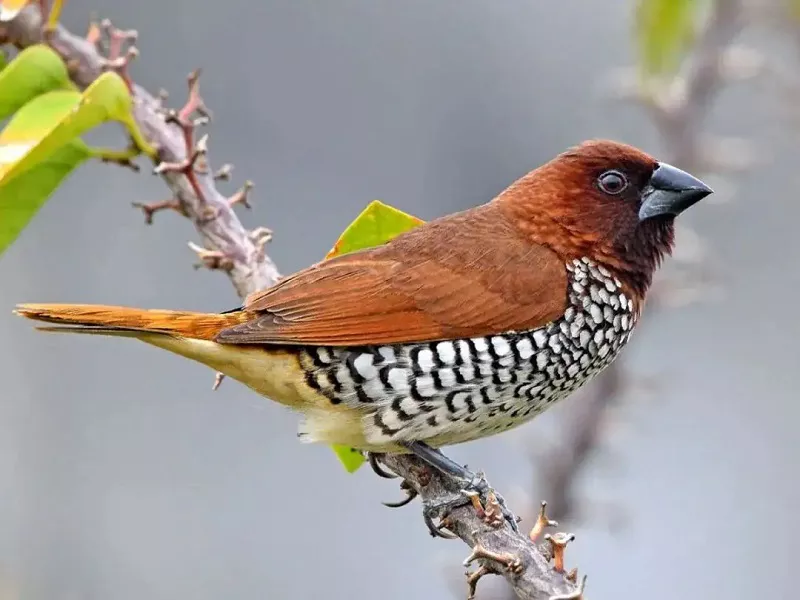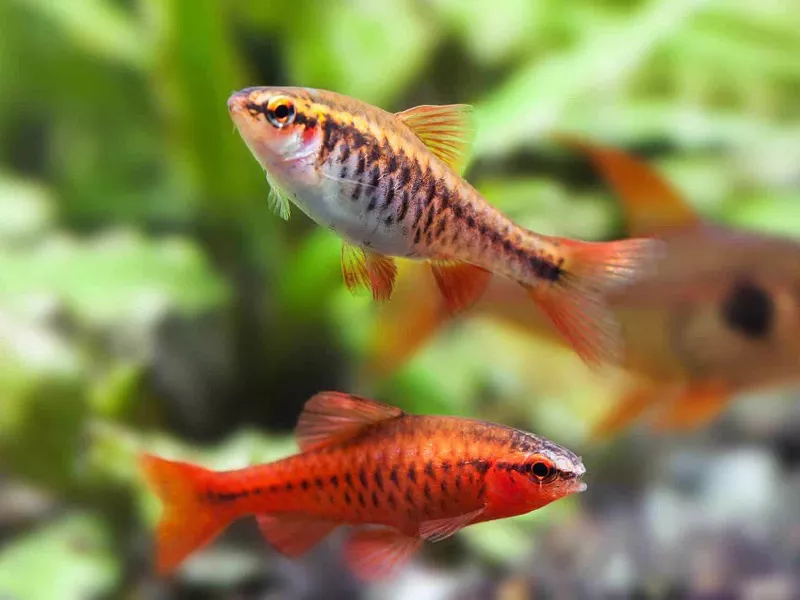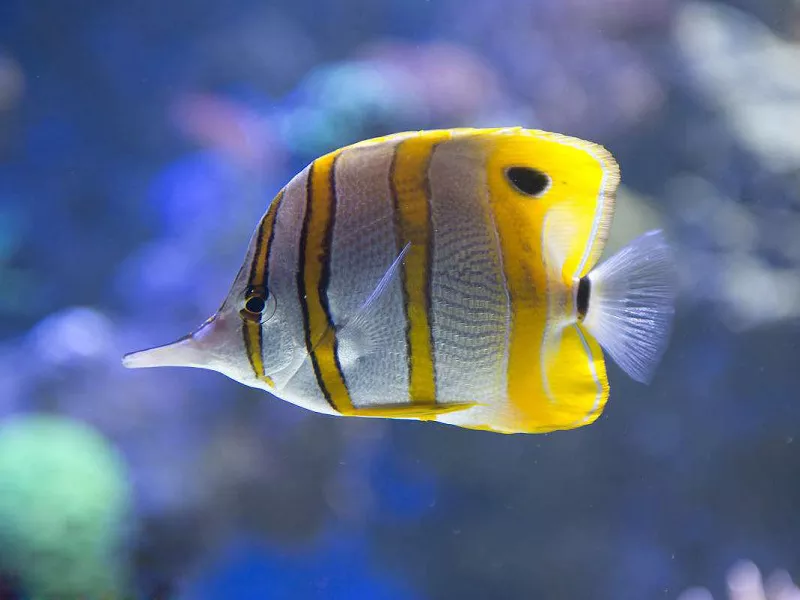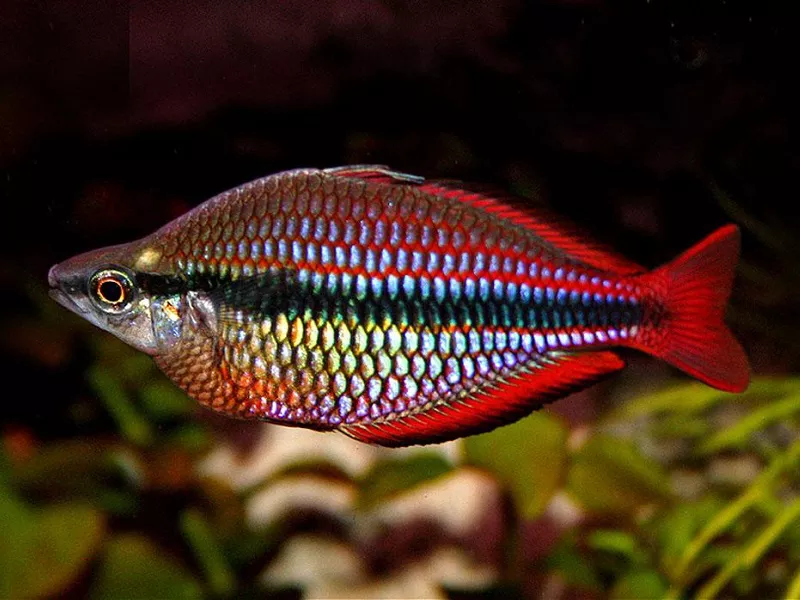What is a scaly breasted munia?
Scaly breasted munia or spotted munia (Lonchura punctulata), is a small bird of the Plum Finch family and the genus Munia, with a body length of 10-12 cm. The bill is thick and dark brown, the upper body is brown, the lower back and the upper tail coverts feathers are white with white scaly spots, and the tail is olive yellow. The chin and throat are dark chestnut brown, and the rest of the underparts are white with obvious dark reddish-brown scaly spots.
It inhabits farmland, villages, forest edge sparse forests and river valleys in low mountains, hills, foothills and plains below 1500 meters above sea level. Except in pairs during the breeding period, they are often in flocks, often in large groups of 20-30, or even hundreds of them, for activities and foraging, and sometimes mixed with sparrows and white-rumped birds. It feeds on crops such as grains, and also eats grass seeds and other wild plant fruits and seeds, and also eats some insects during reproduction. Distributed in Nepal, India, Bangladesh, Bhutan, Sikkim, Myanmar, Sri Lanka, Thailand, Indochina, Malaysia, Indonesia and the Philippines.
What does scaly breasted munia look like?
The male and female scaly breasted munia are similar in plumage. The forehead and eyes are chestnut brown first, the feather tip is slightly lighter, the top of the head, neck, back and shoulders are light brown or light chestnut yellow, each feather has light feather lines and inconspicuous dark chestnut brown and light brown horizontal spots . The wings are dark brown, the upper wing coverts, the primary and secondary flight feathers and the tertiary flight feathers are bright chestnut brown. The coverts on the lower back, waist and short tail are grey-brown, and the feather tip is nearly white with a thin pale chestnut bar and a white stem stripe. The long tail coverts and central tail feathers are olive yellow, and the rest of the tail feathers are dark brown. The face, cheeks, head, chin and throat are dark chestnut, the neck is chestnut yellow, the feather tip is white, the upper chest and chest are light brown and white, and each feather has two reddish-brown or light chestnut arc-shaped transverse spots, forming scales; The lower chest, upper abdomen and both flanks are white or nearly white, with two dark gray-brown or dark chestnut arc-shaped transverse spots or ‘U’-shaped spots on each feather, white or yellowish-white skin on the center of the abdomen and under the tail coverts; under the tail coverts There are also two brown arc-shaped transverse spots, but they are often concealed by feathers and are not obvious. The axillary feathers and underwing coverts are bright brownish yellow or red ochre.
Juveniles are light brown or light yellow brown on the upper part, yellowish brown or earthy brown on the lower part, without scaly spots.
The iris is brown or dark brown, the bill is blue-black or black, lighter in winter, and the feet are dark lead or lead brown. Young birds have brown upper bill, yellow lower bill, and light brown feet.
Size measurement: body weight ♂11.5-16.5g, ♀12-17g; body length ♂104-123mm, ♀103-118mm; mouth peak ♂11-12.3mm, ♀10-12.8mm; wings ♂51.3-58.2mm , ♀50.5-57.8 mm; tail ♂34-48 mm, ♀37-46 mm; tarsus ♂13-16 mm, ♀12.6-16 mm (South China subspecies). (Note: male—♂; female—♀)
Scaly breasted munia habitat
It mainly inhabits farmland, villages, forest edge sparse forests and river valleys in low mountains, hills, foothills and plains below 1500 meters above sea level. In western Yunnan, China, it is also seen in the fieldside shrubs and nearby mixed forest belts at an altitude of about 2500 meters.
scaly breasted munia living habits
Habits: Except in pairs during the breeding period, it is often in flocks, often in large groups of 20-30, or even hundreds of individuals, foraging and foraging. Mostly in courtyards, villages, farmland and trees by streams, shrubs and bamboo forests, but also in grass and ground. The group is more closely combined, and it is often gathered together when resting. Sometimes there are hundreds of them on a tree. If there is a disturbance, the whole group will take off immediately. It flies fast, with strong flapping of its wings, often making a whistling sound, and it often forms a tight ball when flying.
Diet: Mainly feed on crops such as grains, but also eat grass seeds and other wild plant fruits and seeds, and also eat some insects during reproduction.
scaly breasted munia reproduction
The breeding season of scaly breasted munia varies widely and lasts longer. In Medog, Tibet, China, the breeding season is from April to mid-August; in Nanning, Guangxi, the breeding season is from May to December. But most breed between March and August, perhaps 2-3 litters a year. Nests in dense lateral branches close to the main trunk, and also nests on ferns. Often scattered in pairs to nest nests, sometimes seen in groups together to nest together. The nest is oblong or irregular spherical, with a large structure, mainly composed of weeds, and the inner pad is relatively soft withered grass. The long axis of the nest is parallel to the ground, and the ends are mostly neck-shaped, and there are eaves woven with grass spikes at the entrance. Sometimes two nests are seen overlapping up and down, forming a two-story building. The nesting is jointly undertaken by male and female birds, and the male and female parent birds are very active, picking up the nest material up to 51 times an hour. They all picked up again and went back to building the nest. It took 18 days for a nest to be built. The height of the nest is mostly 2-4 meters from the ground, and there are also 8-9 meters, or even 12 meters. The average size of the nest is 15.7 cm in outer diameter, 12.7 cm in inner diameter, 19.4 cm in height, 14.0 cm in depth, and 4.2-4.4 cm in diameter. After the nest is built, it begins to lay eggs, and each nest lays 4-8 eggs. Egg white, spotless, oval, with an average size of 16.5 mm × 11.4 mm and a weight of 2.1 g. The chicks are late maturing, the females brood the chicks alone, and the young stay in the nest for 20-22 days.

















